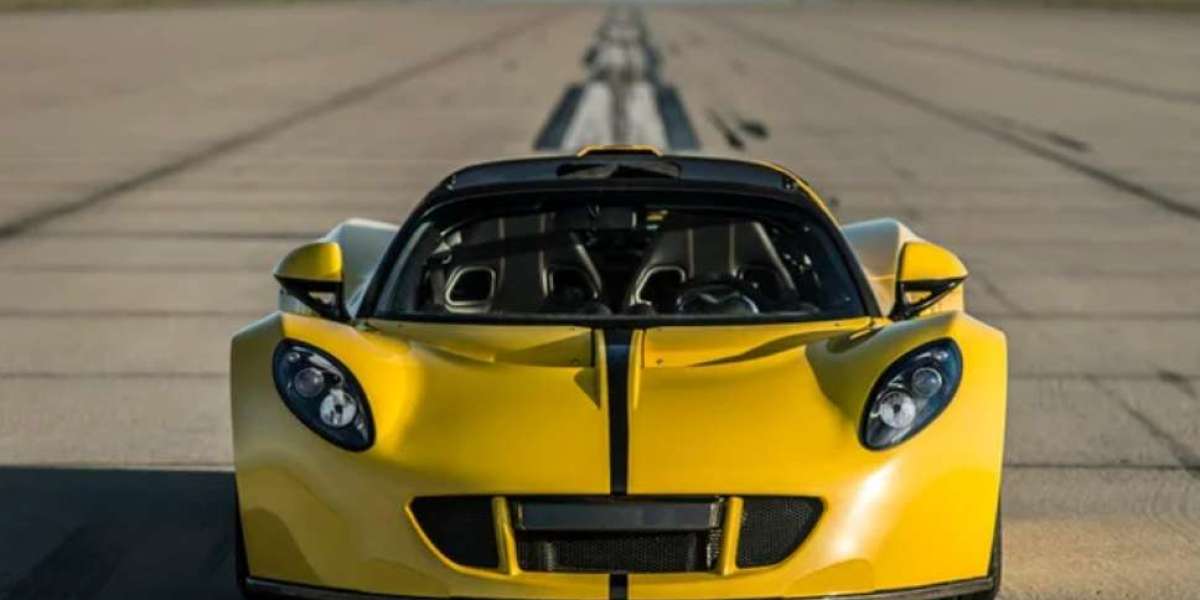Couple that with their insane prices, and the client list for such a car would be exceedingly short.

If there's one common thread between many motoring enthusiasts from all over the world, it's a love of speed. Going fast is its own reward to some, fueling a passion for setting land speed records and pushing both driver and machine to the limit. Today, the world's fastes

Couple that with their insane prices, and the client list for such a car would be exceedingly short.